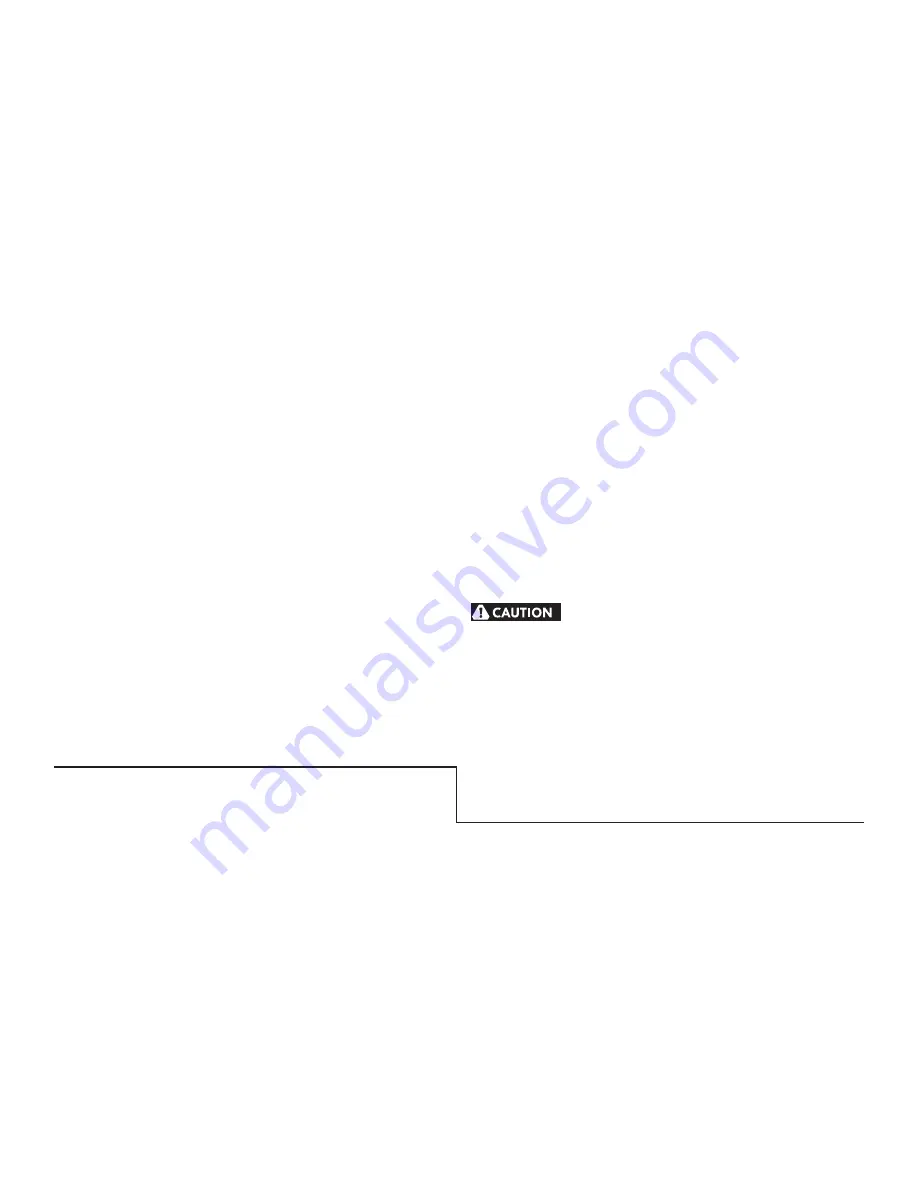
5
IMPORTANT SAFETY INSTRUCTIONS
microwave oven at least for 20 seconds before
removing the container.
•
Use extreme care when inserting a spoon or other
utensil into the container.
• If the microwave oven light fails, consult a Sears
parts & repair center.
IMPORTANT INSTRUCTIONS FOR USING
YOUR LOWER OVEN
• Use Care When Opening an Oven Door
—Stand
to the side of the appliance when opening the
door of a hot oven. let hot air or steam escape
before you remove or replace food in the oven.
• Keep Oven Vent Ducts Unobstructed.
The wall
oven is vented at the upper control panel or at
the center trim depending of the model. Touching
the surfaces in this area when the wall oven is
operating may cause severe burns. Also, do not
place plastic or heat-sensitive items near the oven
vent. These items could melt or ignite.
•
Placement of Oven Racks.
Always place oven
racks in desired location while oven is cool. If rack
must be moved while oven is hot, use extreme
caution. Use pot holders and grasp the rack with
both hands to reposition. Do not let pot holders
contact the hot oven element or interior of the
oven. Remove all utensils from the rack before
removing rack.
•
Do not use a broiler pan without its insert.
Broiler
pan and grid allow dripping fat to drain and be
kept away from the high heat of the broiler.
• Do not cover the broiler grid or oven bottom with
aluminum foil. Exposed fat and grease could ignite.
•
Do not touch a hot oven light bulb with a damp
cloth.
Doing so could cause the bulb to break.
Disconnect the appliance or shut off the power to
the appliance before removing and replacing the
bulb.
IMPORTANT INSTRUCTIONS FOR CLEANING
YOUR APPLIANCE
• Clean the appliance regularly to keep all parts
free of grease that could catch fire.
Exhaust fan
ventilation hoods and grease filters should be kept
clean. Do not allow grease to accumulate. Greasy
deposits in the fan could catch fire. Refer to the
hood manufacturer’s instructions for cleaning.
•
Kitchen cleaners and aerosols—Always follow the
manufacturer’s recommended directions for use.
Be aware that excess residue from cleaners and
aerosols may ignite causing damage and injury.
• Clean ventilating hoods frequently—Grease
should not be allowed to accumulate on the
hood or filter. Follow manufacturer’s instructions
for cleaning.
SELF-CLEANING WALL OVEN MODELS
•
Clean in the self-cleaning cycle only the parts of
the appliance listed in this Owner’s Guide.
Before
using the self-cleaning cycle of the appliance,
remove all utensils stored in the appliance.
• Do not clean the oven door gasket.
The door gasket
is essential for a good seal. Care should be taken
not to rub, damage or move the gasket.
• Do not use oven cleaners.
No oven cleaner or oven
liner protective coating of any kind should be used
in or around any part of the appliance.
The health of some birds is extremely
sensitive to the fumes given off during the self-
clean cycle of any wall oven. Move birds to
another well ventilated room.
IMPORTANT SAFETY NOTICE
The California Safe Drinking Water and Toxic
Enforcement Act requires the Governor of
California to publish a list of substances known to
the state to cause cancer, birth defects or other
productive harm, and requires businesses to warn
customers of potential exposure to such substances.
SAVE THESE INSTRUCTIONS FOR FUTURE REFERENCES
FEDERAL COMMUNICATIONS COMMISSION
RADIO FREQUENCY INTERFERENCE
STATEMENT
(U.S.A. Only)
This equipment generates and uses ISM frequency energy and if not installed and used properly, that is
in strict accordance with the manufacturer's instructions, may cause interference to radio and television
reception. It has been type tested and found to comply with limits for ISM Equipment pursuant to part
18 of FCC Rules, which are designed to provide reasonable protection against such interference in a
residential installation.
However, there is no guarantee that interference will not occur in a particular installation. If this equipment
does cause interference to radio or television reception, which can be determined by turning the equipment
off and on, the user is encouraged to try to correct the interference by one or more of the following:
Reorient the receiving antenna of the radio or television.
•
Relocate the microwave oven with respect to the receiver.
•
Move the microwave oven away from the receiver.
•
Plug the microwave oven into a different outlet so that the microwave oven and the receiver are on
•
different branch circuits.
The manufacturer
is not responsible for any radio or television interference caused by
unauthorized
modification
to this microwave oven. It is the responsibility of the user to correct such interference.






































